Photo
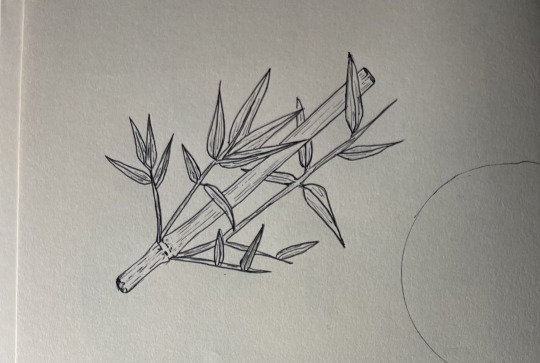

Bamboo sketch for my sketchbook work for me etching with reference to the bamboo in my parents’ garden.
3 notes
·
View notes
Photo


2 examples of the woodblock print. The first 1 the ink had sunk into the teeth but the 2nd image gives a quick example with the teeth present (although the position is fairly poor.
1 note
·
View note
Photo

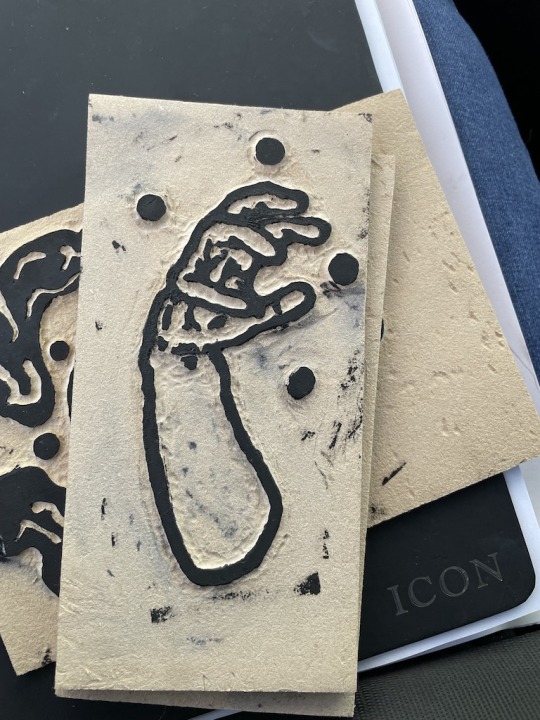
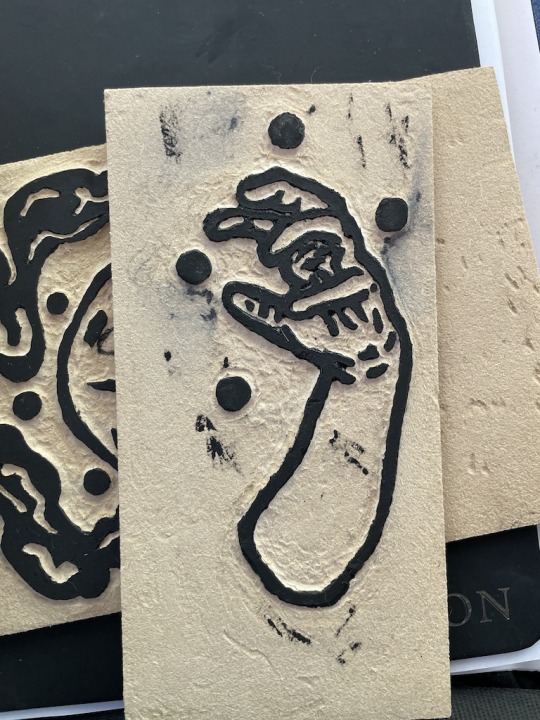
The woodblock prints. I choose to them on separate panels because i could customise positioning (which I still haven’t gotten right yet) and for the sake of presentation.
1 note
·
View note
Photo
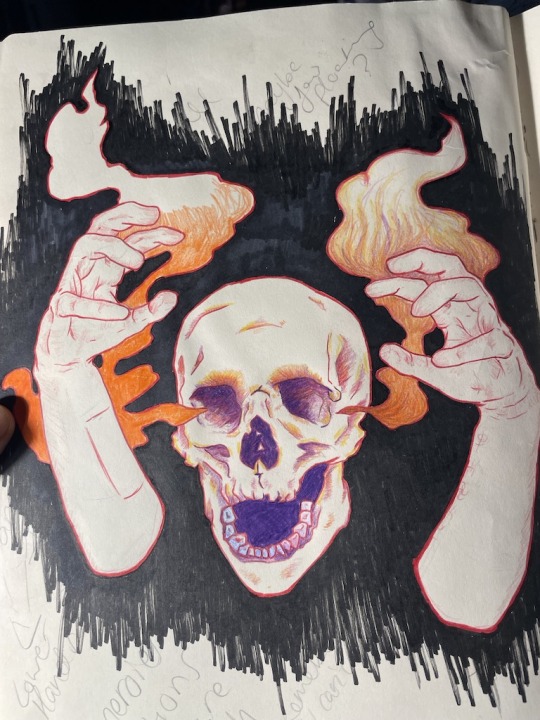
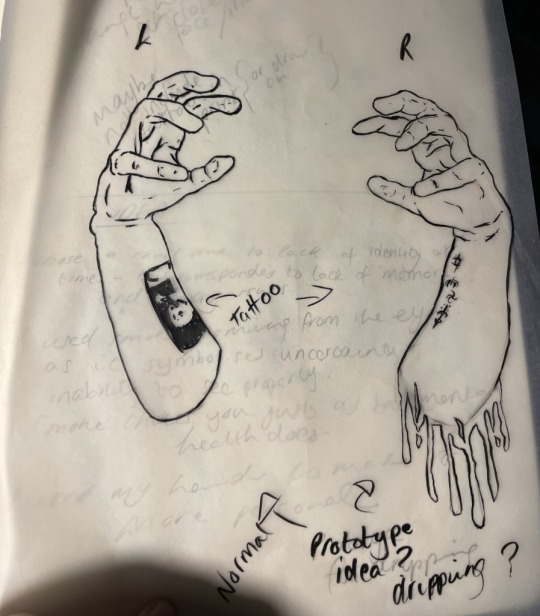
Sketch book work for wood print
2 notes
·
View notes
Photo
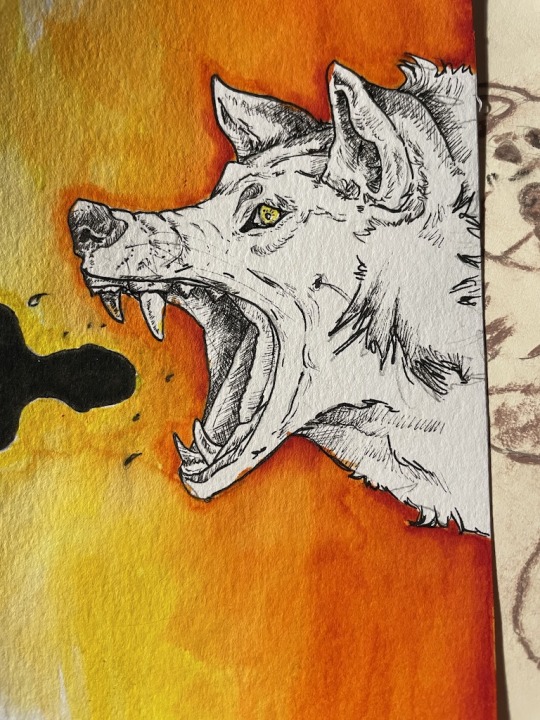
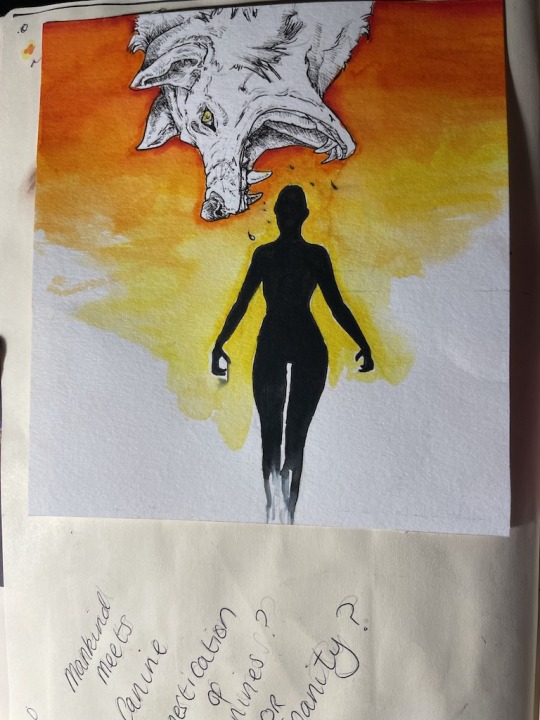
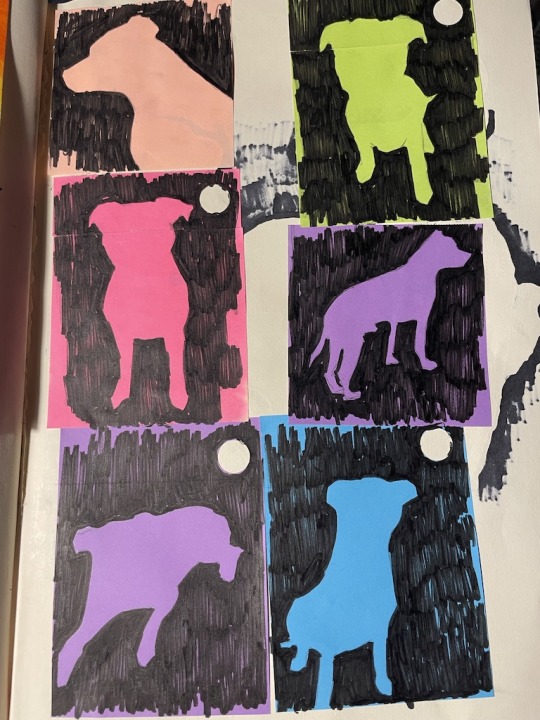

Just some sketchbook work for the etching project.
2 notes
·
View notes
Photo
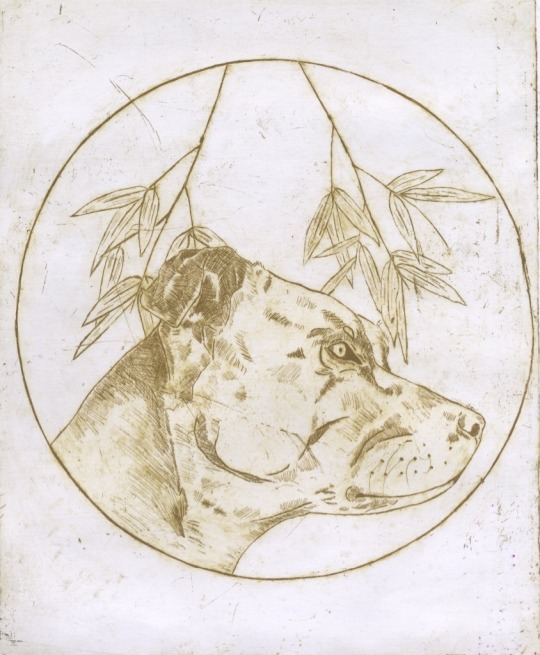


While they’re not my final prints, here are 3 examples of my etching print.
0 notes
Photo
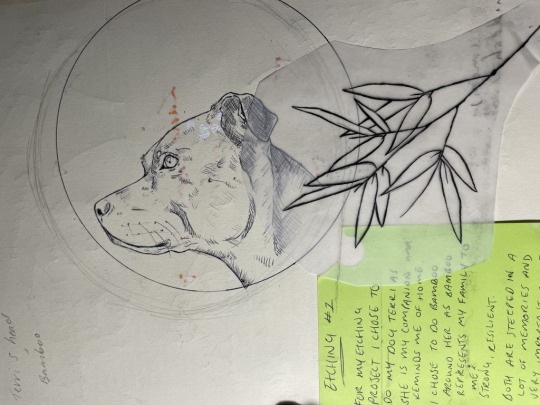
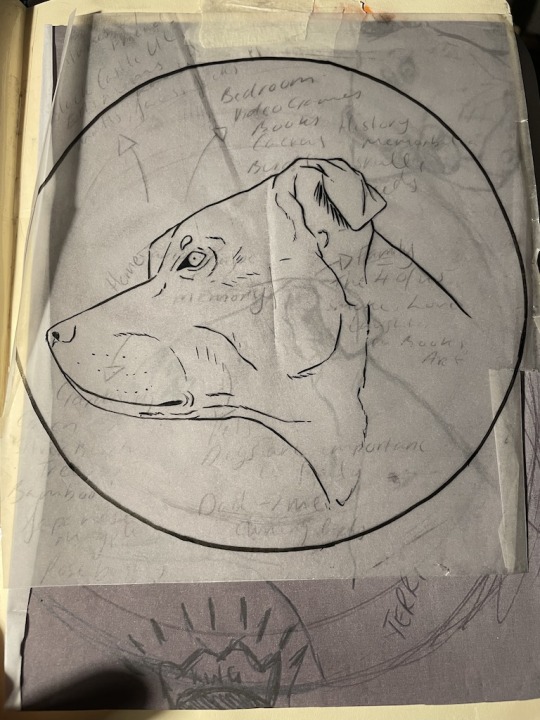
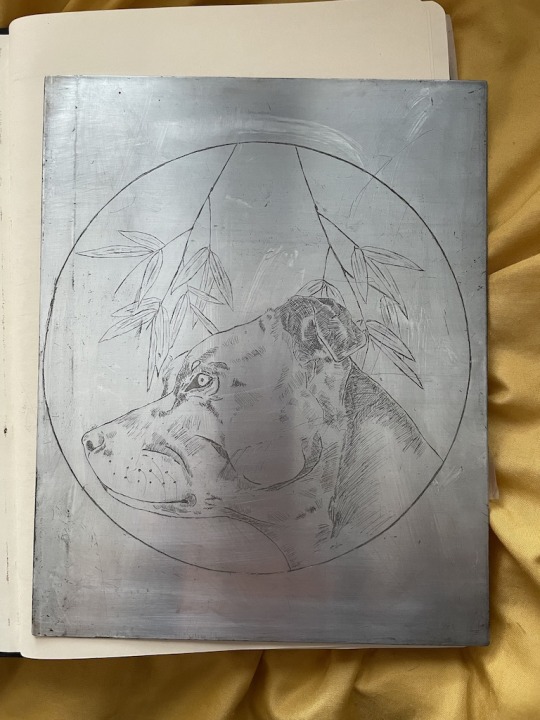
Sketchbook work for my etching print (including the plate)
2 notes
·
View notes
Photo
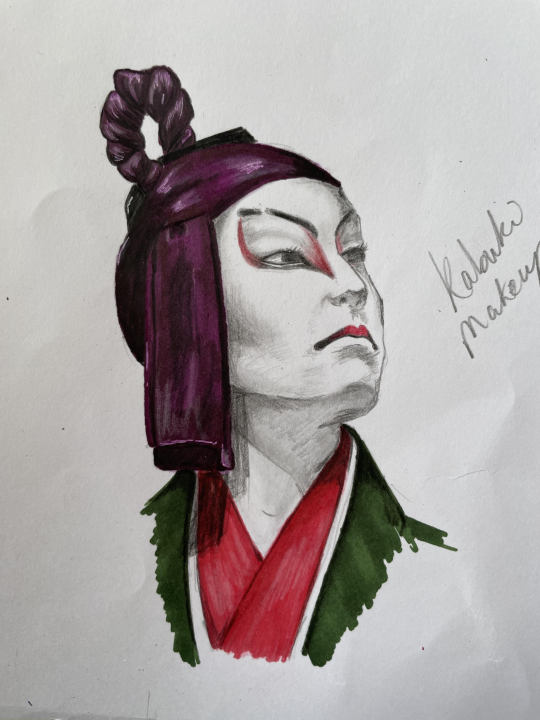
Drawing of Kabuki Theatre makeup and actor.
Kabuki is a classical form of Japanese dance-drama. Kabuki theatre is known for its heavily-stylised performances, the often-glamorous costumes worn by performers, and for the elaborate kumadori make-up worn by some of its performers.
Kabuki is thought to have originated in the very early Edo period, when founder Izumo no Okuni formed a female dance troupe who performed dances and light sketches in Kyoto. The art form later developed into its present all-male theatrical form after women were banned from performing in kabuki theatre in 1629. Kabuki developed throughout the late 17th century and reached its zenith in the mid-18th century.
While Noh theatre was primarily performed for the aristocracy, Kabuki theatre was available for the common people to enjoy.
0 notes
Photo
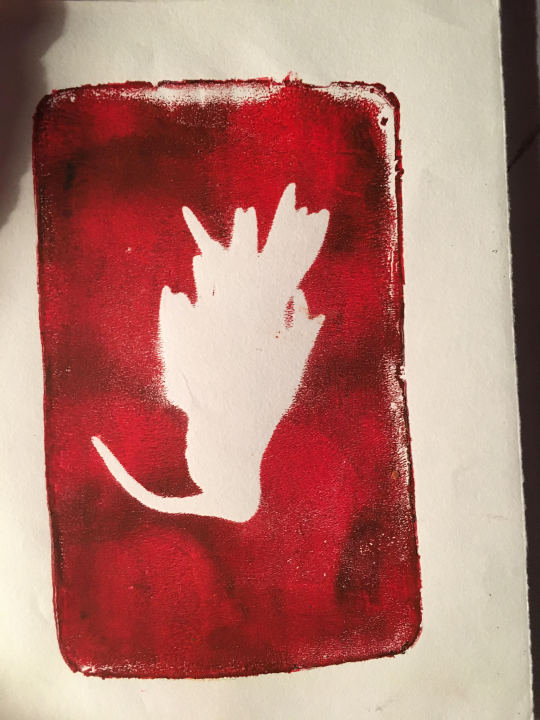
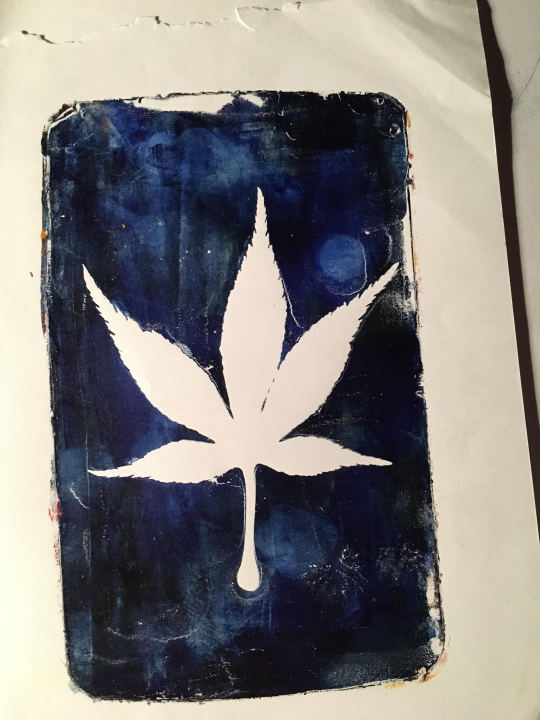
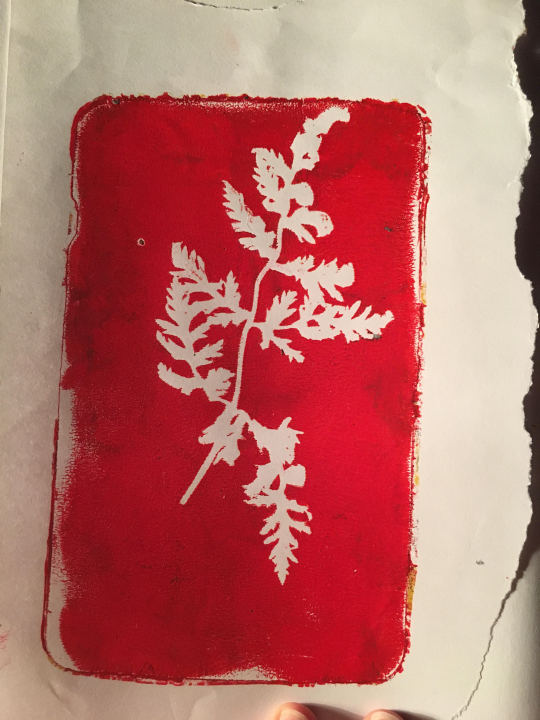
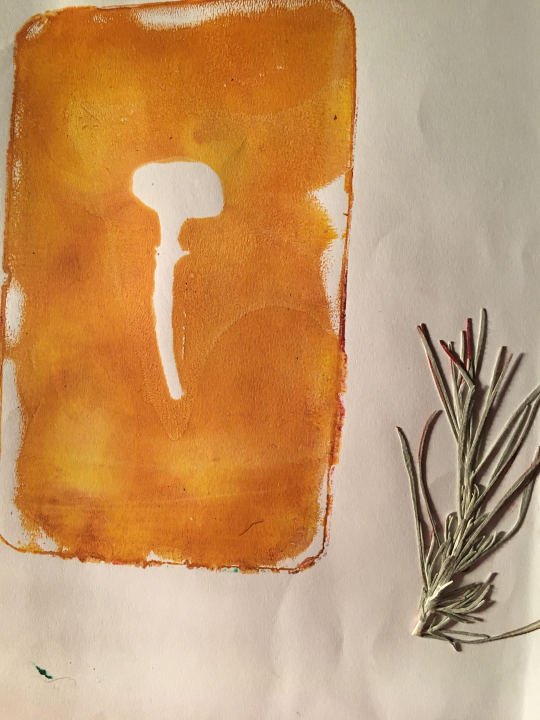
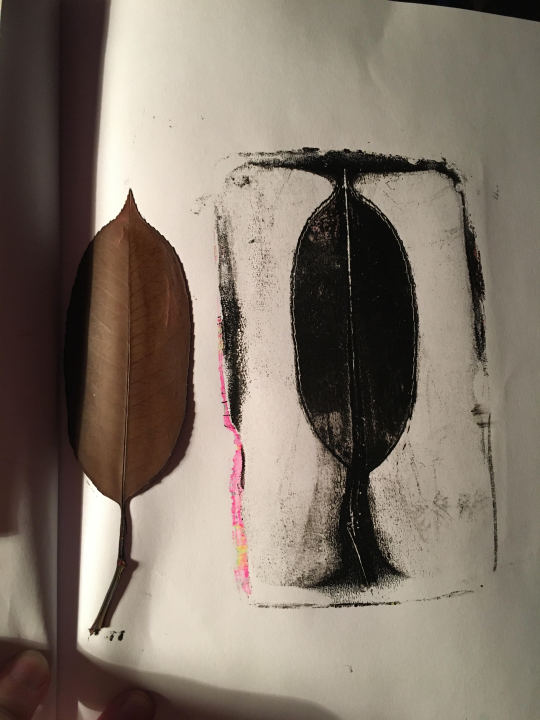
Just some ink prints I did with some leaves in my garden such as a curry plant, Japanese maple and a few others.
1 note
·
View note
Photo


Cane Toad
For the opening drawing for my “Biophilia” project sketchbook I decided to draw a cane toad.
This is done with an amalgamation of watercolour pencils, markers, red ink pen, white pencil and white marker pen.
Naturally cane toads are made up of brown markings and spots, with a variation of colours such as grey, olive, yellow/brown to red/brown.
I choose to experiment with reds and purples for the fun of it but also to somewhat symbolise how the cane toad is considered an invasive species in locations such as Australia where they were first introduced as pest control.
Cane toads are native to South and Central America and were introduced to Australia in 1935 as a measurement to control the cane beetle population that was ravaging sugarcane crops but due to the fact they don’t consume adult beetles and also their fast breeding habits and being poisonous in every cycle of their lives from tadpole to adulthood, they have now become a nation wide pest themselves.
I consider this an interest perspective on the balance between humans and animals. While well intentioned, it goes to show how human ignorance and negligence can do more harm for the environment than good especially when the only thing taken into consideration is what humanity gets out of it; in this case the sugarcane, with little to no regard on the lasting effects on the rest of ecosystem. Farmers chose to preference the cane toad due to its hardy nature and vicious appetite. It is not the fault of the beetle for foraging on the sugarcane as a food source as it knows no different, nor is it the fault of the toad for simply adapting to its environment and thriving. They are simply doing as nature does. It is the fault of limited knowledge and lack of research.
0 notes
